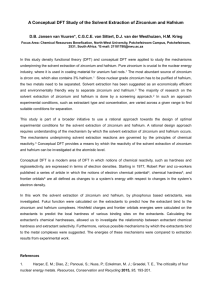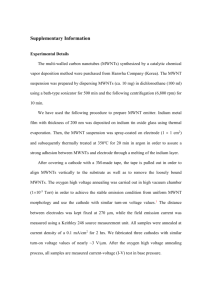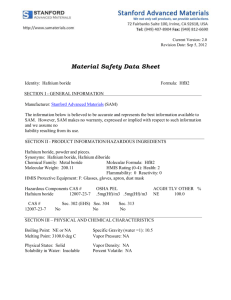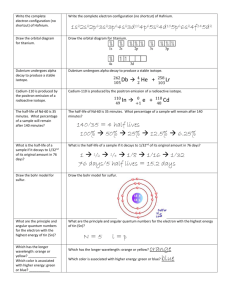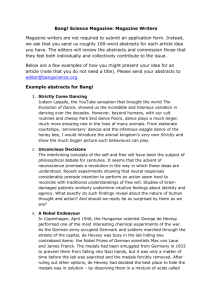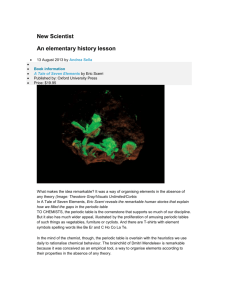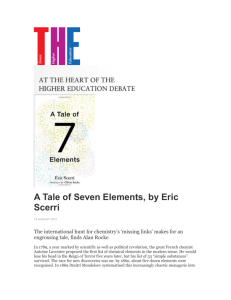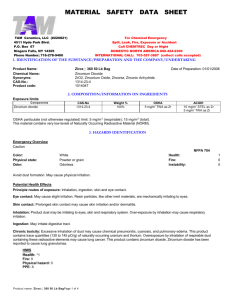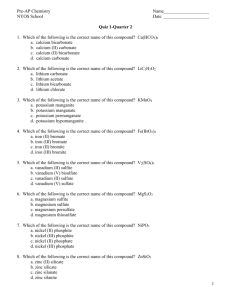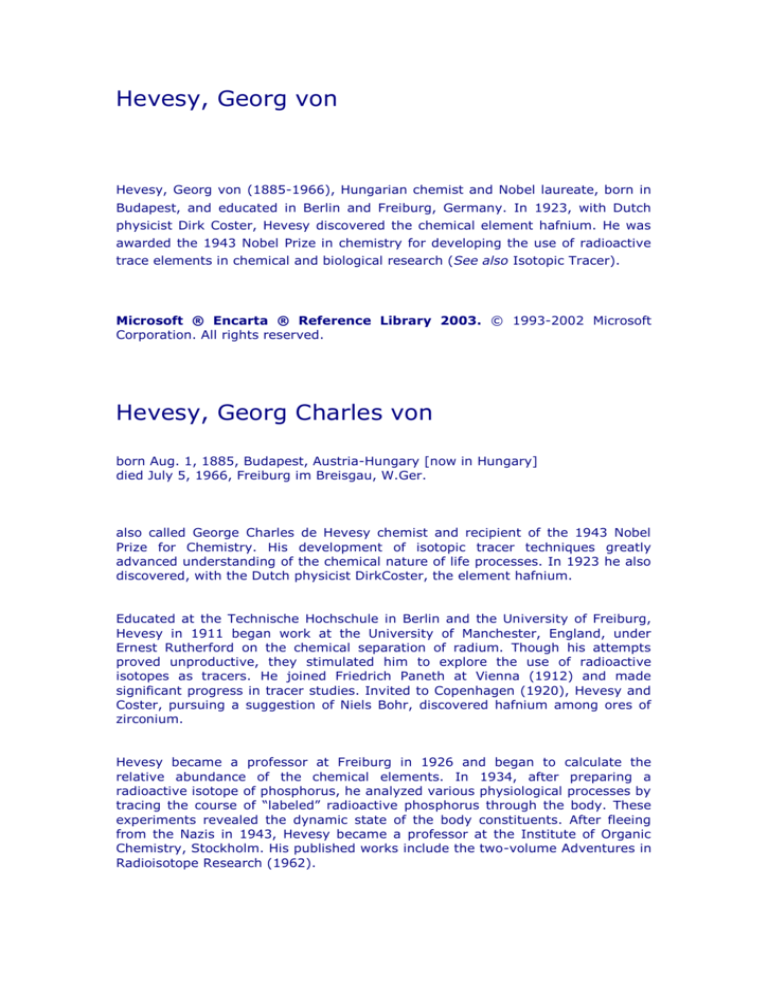
Hevesy, Georg von
Hevesy, Georg von (1885-1966), Hungarian chemist and Nobel laureate, born in
Budapest, and educated in Berlin and Freiburg, Germany. In 1923, with Dutch
physicist Dirk Coster, Hevesy discovered the chemical element hafnium. He was
awarded the 1943 Nobel Prize in chemistry for developing the use of radioactive
trace elements in chemical and biological research (See also Isotopic Tracer).
Microsoft ® Encarta ® Reference Library 2003. © 1993-2002 Microsoft
Corporation. All rights reserved.
Hevesy, Georg Charles von
born Aug. 1, 1885, Budapest, Austria-Hungary [now in Hungary]
died July 5, 1966, Freiburg im Breisgau, W.Ger.
also called George Charles de Hevesy chemist and recipient of the 1943 Nobel
Prize for Chemistry. His development of isotopic tracer techniques greatly
advanced understanding of the chemical nature of life processes. In 1923 he also
discovered, with the Dutch physicist DirkCoster, the element hafnium.
Educated at the Technische Hochschule in Berlin and the University of Freiburg,
Hevesy in 1911 began work at the University of Manchester, England, under
Ernest Rutherford on the chemical separation of radium. Though his attempts
proved unproductive, they stimulated him to explore the use of radioactive
isotopes as tracers. He joined Friedrich Paneth at Vienna (1912) and made
significant progress in tracer studies. Invited to Copenhagen (1920), Hevesy and
Coster, pursuing a suggestion of Niels Bohr, discovered hafnium among ores of
zirconium.
Hevesy became a professor at Freiburg in 1926 and began to calculate the
relative abundance of the chemical elements. In 1934, after preparing a
radioactive isotope of phosphorus, he analyzed various physiological processes by
tracing the course of “labeled” radioactive phosphorus through the body. These
experiments revealed the dynamic state of the body constituents. After fleeing
from the Nazis in 1943, Hevesy became a professor at the Institute of Organic
Chemistry, Stockholm. His published works include the two-volume Adventures in
Radioisotope Research (1962).
Hafnium
Hafnium, symbol Hf, metallic element that closely resembles zirconium. Hafnium
is one of the transition elements of the periodic table (see Periodic Law); the
atomic number of hafnium is 72.
Hafnium was discovered in Copenhagen in 1923 by the Hungarian chemist Georg
von Hevesy and the Dutch physicist Dirk Coster. On the basis of a prediction by
the Danish physicist Niels Bohr that element 72 would resemble zirconium in
structure, they looked for the element in zirconium ores. Hafnium is found in
nearly all ores of zirconium and is 45th in order of abundance of the elements in
the crust of the earth. It resembles zirconium so closely in chemical properties
and crystal structure that separation of the two elements is extremely difficult.
Separation is accomplished most efficiently by means of the ion-exchange
technique. Hafnium is used in the manufacture of tungsten filaments. Because of
its resistance to high temperatures, it is used with zirconium as a structural
material in nuclear power plants.
Hafnium melts at about 2227° C (about 4041° F), boils at about 4602° C (about
8316° F), and has a specific gravity of 13.3. The atomic weight of hafnium is
178.49.
Microsoft ® Encarta ® Reference Library 2003. © 1993-2002 Microsoft
Corporation. All rights reserved.
hafnium
Hungarian-Swedish chemist George Charles de Hevesy discovered (1923)
hafnium in Norwegian and Greenland zircons by analyzing their X-ray spectra.
They named the new element for Copenhagen (in New Latin, Hafnia), the city in
which it was discovered. Hafnium is dispersed in the Earth's crust to the extent of
three parts per million and is invariably found in zirconium minerals up to a few
percent compared with zirconium. Altered zircons, like some alvites and
cyrtolites, products of residual crystallization, show greater percentages of
hafnium (up to 17 percent hafnium oxide in cyrtolite from Rockport, Mass., U.S.).
Commercial sources of hafnium-bearing zirconium minerals are found in beach
sands and river gravel in the United States (principally Florida), Australia, Brazil,
western Africa, and India. Hafnium vapour has been identified in the Sun's
atmosphere.
Ion-exchange and solvent-extraction techniques have supplanted fractional
crystallization and distillation as the preferred methods of separating hafnium
from zirconium. The metal itself is prepared by magnesium reduction of hafnium
tetrachloride (Kroll process) and by the thermal decomposition of tetraiodide (de
Boer–van Arkel process).
Hafnium is used for fabricating nuclear-control rods because it easily absorbs
thermal neutrons and has excellent mechanical properties. Hafnium produces a
protective film of oxide or nitride upon contact with air and thus has high
corrosion resistance. It formsalloys with iron, niobium, tantalum, titanium, and
other transition metals. The alloy tantalum hafnium carbide (Ta4HfC5), with a
melting point of 4,215° C (7,619° F), is one of the most refractory substances
known.
Hafnium is chemically similar to zirconium. Both transition metals have similar
electronic configurations, and their ionic radii and atomic radii are nearly identical
because of the influence of the lanthanide contraction (q.v.). The most common
oxidation state in hafnium is +4, although a few trivalent compounds are known.
Natural hafnium is a mixture of six stable isotopes: hafnium-174 (0.2 percent),
hafnium-176 (5.2 percent), hafnium-177 (18.6 percent), hafnium-178 (27.1
percent), hafnium-179 (13.7 percent), and hafnium-180 (35.2 percent).

